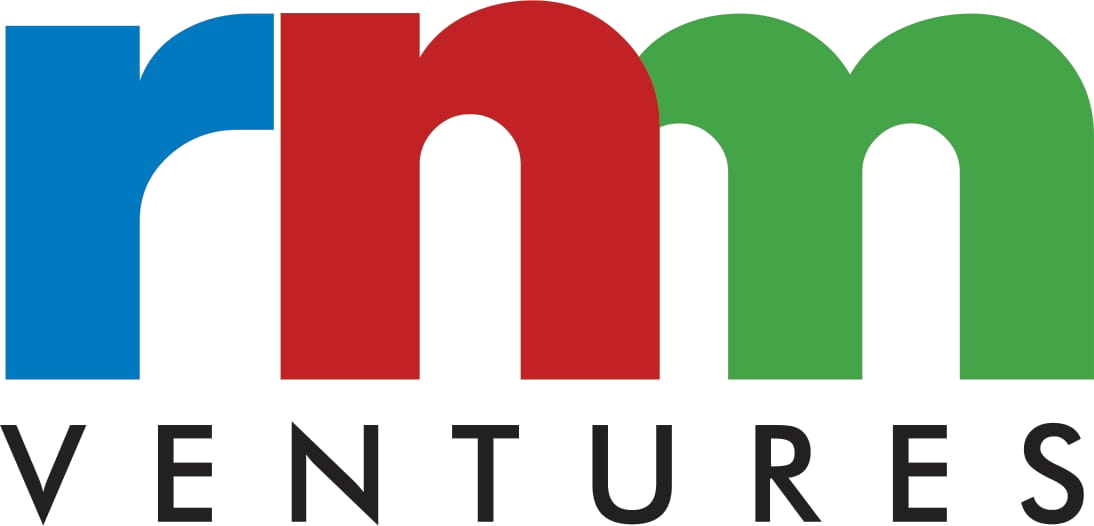In Media, Trimming Costs Boosts Value Transform
N ot so long ago, marketing consumer products felt like a genteel game of lawn tennis: Established competitors invested in creative with long lead times, using proven models of TV and big-box retail, alongside trusted agency partners. Today, it’s more like a sprawling contest of mixed martial arts, with new competitors playing by different rules; an unprecedented complexity of channels, content and partners; and a step change in speed and ways of working that has punches flying at incumbent consumer products companies.
Fueling the blur of combat is a radical shift in brand growth models. Within the span of most executives’ careers, advances in technology have reshaped how consumers engage with brands. In the US and UK, more than 60% of consumers now discover products online, and 85% of millennials trust reviews from a faceless stranger more than traditional advertising. The same technology advances have dramatically altered the competitive landscape. CMOs can no longer forecast forward their current profit pools only by looking to fill in geographies and nearby product market segments. That process risks ignoring the industry’s disruptive trends, as profit pools shift quickly from products to services to experiences and communities, and as mass products evolve into new segments with accelerating personalization. Growth strategy today requires consumer products companies to look “present forward” and “future back”—to create a faster horse while envisioning the car—in order to define new growth platforms beyond their current products, business model and capabilities.

Upgrade Content Creation Capabilities
Fueling the blur of combat is a radical shift in brand growth models. Within the span of most executives’ careers, advances in technology have reshaped how consumers engage with brands. In the US and UK, more than 60% of consumers now discover products online, and 85% of millennials trust reviews from a faceless stranger more than traditional advertising. The same technology advances have dramatically altered the competitive landscape. However, the transformation still required across the industry is significant, involving far-reaching changes to consumer products companies’ growth models and the largest buckets of their discretionary spending. And it’s urgent, as consumers and new competitors are moving faster than incumbents can react.
“I cannot give you the formula for success, but I can give you the formula for failure. It is: Try to please everybody.”
DAVID OSWALD
What’s the right path forward? Reinventing the brand growth model requires more than a reallocation of marketing budget to digital. CMOs need a reassessment of growth platforms and future brand portfolios, a new understanding of the consumer journey, a supporting strategy on data and technology.
The consumer journey has fundamentally changed, and so has the role of the brand manager. Once guardians of the brief to agencies, today they must lead hands-on content generation, data management.
References, on the other hand, are used to support arguments in the remaining portion of the text of this
The introduction is employed as
You don’t have to
In case you have any doubts or bookings, please don’t hesitate to ask for additional clarifications from the professors
These charges are often dependent on the number of pages needed, how much time is accepted by the https://www.affordable-papers.net/ service supplier, and also how much information is required.
or editors, so which you can come up with a draft which will be approved.
worry about the standard of your paper because professional writers know exactly how to create quality materials.
a formal introduction to the piece and it usually acts as a proof of their student’s abilities and expertise.
essay.








